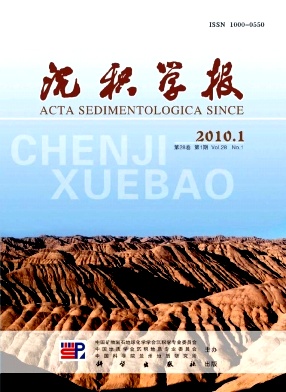Origin of Intragranular Dissolution Pores of Oolite Dolomite Reservoirs in Puguan Gasfield, Northeastern Sichuan Province
- Received Date: 1900-01-01
- Rev Recd Date: 1900-01-01
- Publish Date: 2010-02-10
-
Key words:
- Northeastern Sichuan Province
Abstract: The most common types of pores in the oolite dolomite reservoirs of the Lower Triassic Feixianguan Formation are moldic pores, crescentiform dissolution pores, lune dissolution pores and annular dissolution pores in Well Puguang 2 in Puguang Gasfield. The pores are directionally arranged. It was always believed that the pores were formed in early meteoric freshwater environments. However, the dissolution pores, with no clear deformation, are often associated with extrusion fractures, disintegration or crushed particles, indicating origin of burial dissolution after tectonic compression. The dissolution pores can be divided into two stages: the first one filling bitumen was formed before oil emplacement, the second one without bitumen occurred after oil turning into bitumen. It was considered that if structural compressional stress acted on the rocks, it could firstly cause cracks among the concentric layers of oolites where was the weak structural positions. When the stress was concentrated on the upper part of the oolites, it would develop cracks along the concentric layers by priority. The cracks were extended downward along the concentric layers as the stress increased, and which even circular and uncoating cracks could be formed. The late acidic fluids prefer to dissolute the oolites along the fractures, resulting in the formation of directional pores in the upper part of the concentric layers. With downwards dissolution along the fractures, the crescentiform pores and annular pores were developed and even moldic pores were formed as a result of increasing pressure and (or) stronger dissolution.
| Citation: | WANG Shuyi. Origin of Intragranular Dissolution Pores of Oolite Dolomite Reservoirs in Puguan Gasfield, Northeastern Sichuan Province[J]. Acta Sedimentologica Sinica, 2010, 28(1): 10-16. |






 DownLoad:
DownLoad: